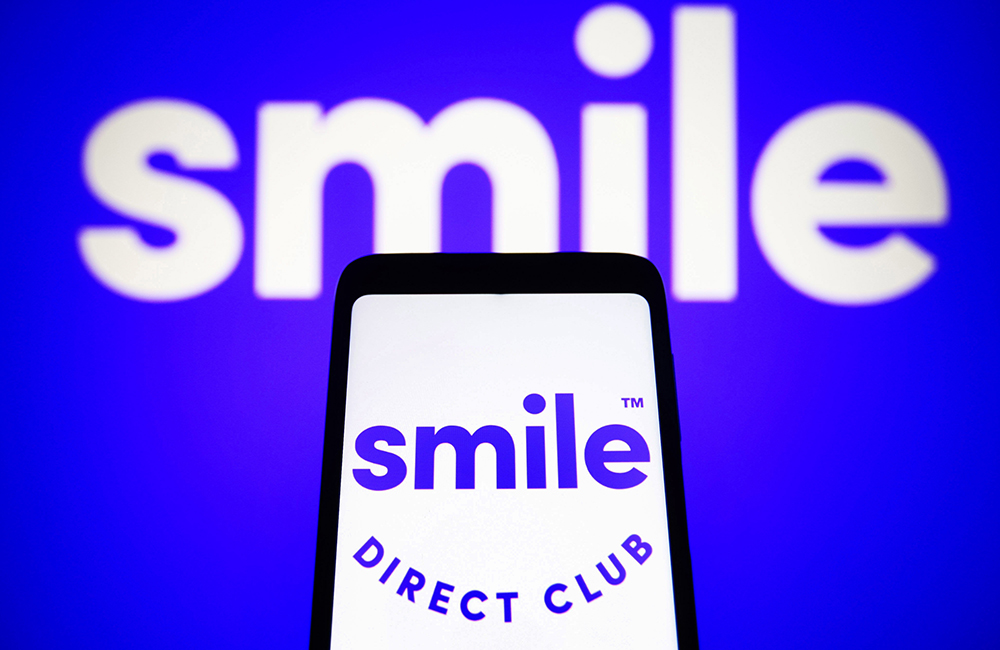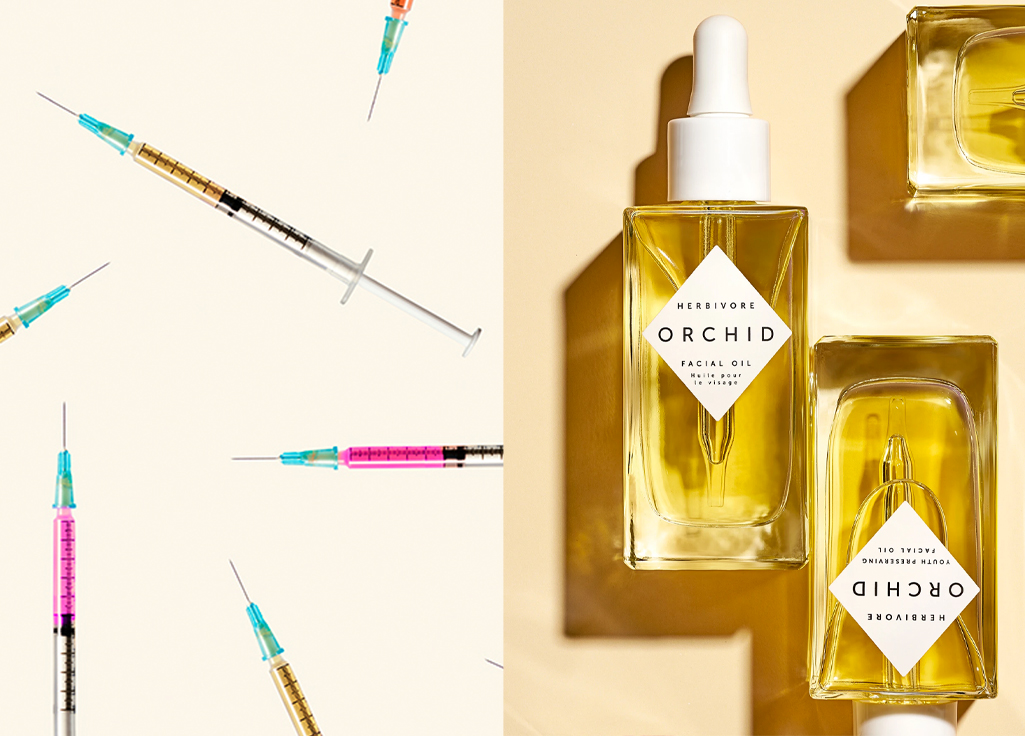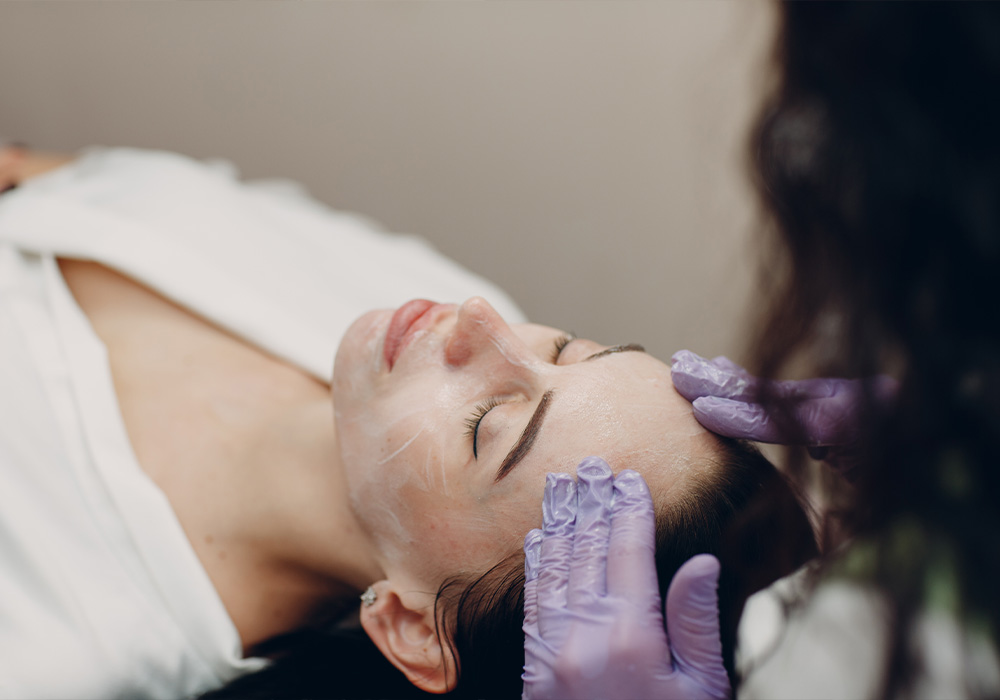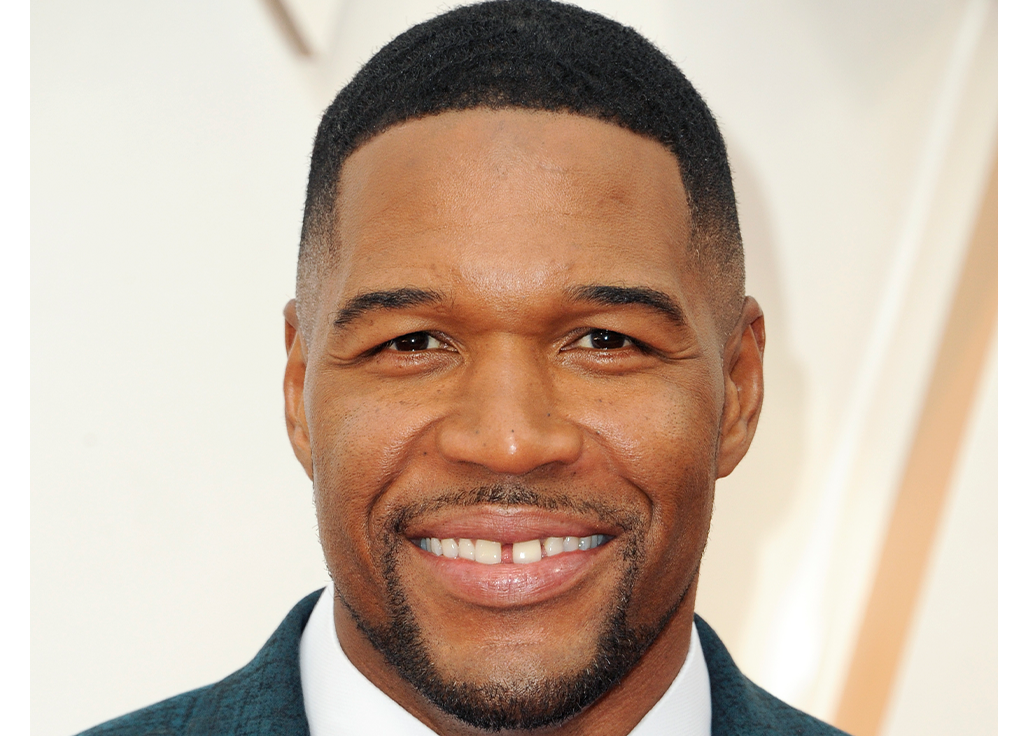SmileDirectClub, a household name for direct-to-consumer orthodontics, has abruptly closed its doors less than three months after filing for bankruptcy. The company released a statement, expressing gratitude for customers’ support in improving “more than two million smiles.” The closure leaves some existing customers, in the midst of their treatment plans, stranded.
What Happens to the “Lifetime Smile Guarantee?”
The “Lifetime Smile Guarantee” was a significant aspect of SmileDirectClub’s offering. In their statement, the company announced that in addition to canceling orders that have not shipped, the “Lifetime Smile Guarantee” is null and void. They also stated that further information about refund requests will be provided once the bankruptcy process determines the next steps.
Despite this, Smile Pay customers are still expected to continue making payments. The bankruptcy, filed in September, was a result of nearly $900 million in debt. This development has left many customers seeking clarity on their ongoing treatment plans, payments and refunds.
Not So Surprising News
New York cosmetic dentist, Husam Almunajed, MD says while the news may be surprising for consumers, many in the dental community could see this coming. “We were not surprised,” he says. “We had many unhappy patients from SmileDirectClub that came to see us to correct their smile, bite and malocclusion. There are also many lawsuits and we believe this is what caused the company to flounder. This is common when business is mixed with healthcare. Unfortunately, you cannot mix the two.”
“It was a matter of time,” says New York cosmetic dentist Daniel Rubinshtein, DDS. “I am all for innovation in healthcare and dentistry, but nothing can replace going to see a dental professional in person, especially with very specific dental work needing to be addressed. Aligners are extremely specific and require many steps and proper guidance and supervision. Doing it by yourself can be detrimental to your teeth and also lead to many problems in the future that would require more work and more money spent.”
“When I asked the patients who oversaw treatment, they said ‘there is no one in charge,’ adds New York cosmetic dentist Jason Kasarsky, DDS. “Given that the price point is less than half of what other clear aligner therapies cost, in my estimation the professional guidance was missing.”
What Existing Patients Should Do Next
For patients left in the lurch, Dr. Almunajed says scheduling a checkup is step one. “The best thing to do is to see your dentist and if you have no dentist, to find a dentist you trust.” Since SmileDirectClub initiated treatment without dental supervision he recommends a tooth and gum checkup to ensure stability before planning new therapy.
Huntsville, AL cosmetic dentist Sonya L Wintzell, DMD says those in the middle of treatment should document their current stage. “It’s important to document what point you are in your treatment and the tooth movements directed by SmileDirectClub,” she adds.
“Patients that have been abandoned by SmileDirectClub could either discontinue the use of the trays or stop on their current tray as not to lose what progress they may have gained,” advise Pittsburgh cosmetic dentists Drs. Brian and Rob Klaich, DMD. “They can use the current tray as a retainer, until they can schedule an appointment with their dentist or orthodontist.”
The Future of Telehealth Dentistry
In the past, the company had faced criticism from dentists, orthodontists and the American Dental Association, who have raised concerns about the company’s practices. While the recent handling of their bankruptcy speaks to the risks of using telehealth services for orthodontics, Dr. Kasarsky highlights the absence of professional guidance and the challenges faced by patients stuck mid-treatment. “In my world, definitive treatment needs to be up close and personal.”
“Dentistry can use telehealth as an adjunct but should never be used as primary care,” adds Dr. Wintzell. “Direct-to-consumer healthcare needs oversight from those that have been trained adequately through years of doctoral education.”
Drs. Brian and Rob Klaich caution against the risks of telehealth dentistry, emphasizing the need for thorough research and patient education. “Although it has become more effective in the medical realm, it has a long way to go in dentistry, especially in the world of diagnostics,” they share. “With all medical treatments there are inherent risks that could have been avoided with research and patient education. It’s up to the patient to make the best decision for themselves.”

















